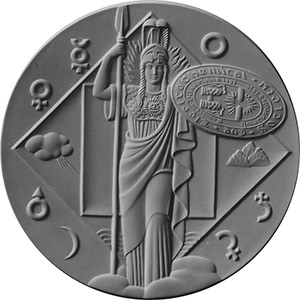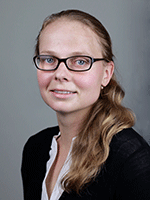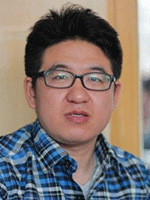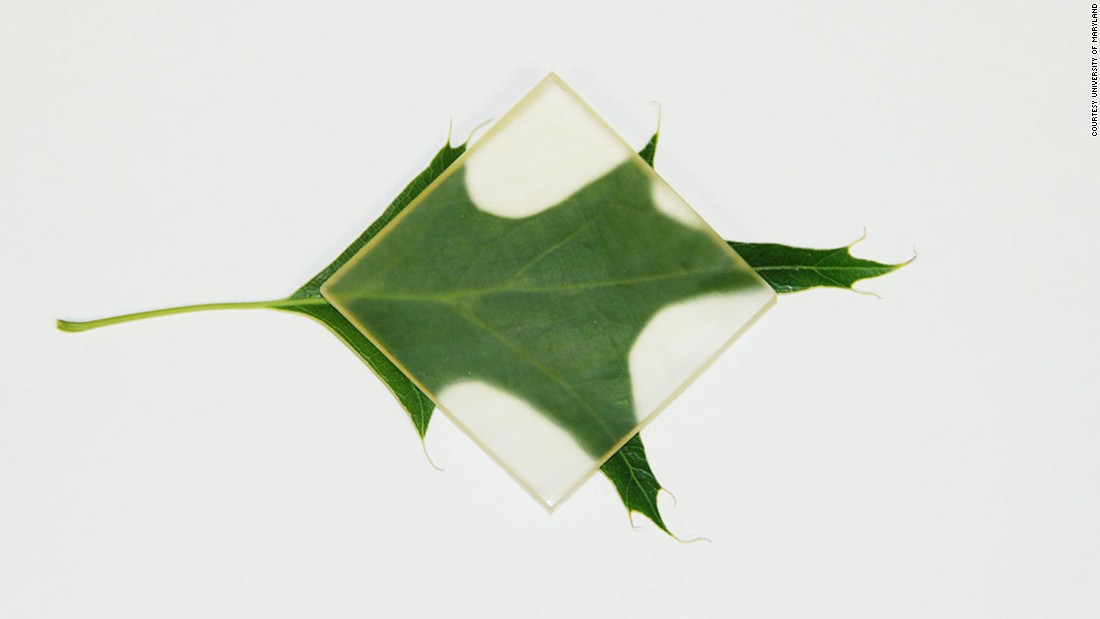 Children struggle to learn when they don’t have science labs and libraries. Learning becomes difficult in classrooms that are falling apart, or where children are expected to sit on the floor because they have neither desks nor chairs.
Children struggle to learn when they don’t have science labs and libraries. Learning becomes difficult in classrooms that are falling apart, or where children are expected to sit on the floor because they have neither desks nor chairs.
A lack of infrastructure is just one contributor to South Africa’s entrenched and ongoing educational inequality. There is another, less frequently discussed issue that is deepening this inequality: access to quality peer-reviewed information.
Such information should be available to all South Africans whether they are school children, university students, researchers or citizen scientists. This will encourage lifelong self-learning. It will spur continued research and innovation. Access to information can bolster education, training, empowerment and human development.
International Open Access Week offers a good opportunity to explore how South Africa can improve its citizens’ access to information.
Opening up access
It has been more than 21 years since apartheid ended, but a distinction remains between South Africa’s “rich” and “poor” universities. One of the reasons for this distinction is the richer institutions’ ability to invest in research resources. They can afford expensive subscriptions to databases which contain a wealth of research – ironically funded by taxpayers’ money.
The historically disadvantaged and predominantly black universities can’t afford such subscriptions. Their academics also can’t contribute to such resources, because authors are expected to pay a fee for the “privilege” of being published.
As university budgets are slashed, even wealthier institutions are beginning to struggle with subscription and publication fee costs.
(more…)
 Currently, electric vehicles depend on a complex interplay of batteries and supercapacitors to get you where you’re going. But a recently published paper, co-authored by ECS Fellow Hector Abruna, details the development of a new material that can take away some of the complexity of EVs.
Currently, electric vehicles depend on a complex interplay of batteries and supercapacitors to get you where you’re going. But a recently published paper, co-authored by ECS Fellow Hector Abruna, details the development of a new material that can take away some of the complexity of EVs.

 Deadline: October 1, 2016
Deadline: October 1, 2016 New research shows another step forward in the goal of developing energy storage systems robust enough to store such intermittent sources as wind and solar on a large-scale.
New research shows another step forward in the goal of developing energy storage systems robust enough to store such intermittent sources as wind and solar on a large-scale.


 Children struggle to learn when they don’t have science labs and libraries. Learning becomes difficult in classrooms that are falling apart, or where children are expected to sit on the floor because they have neither desks nor chairs.
Children struggle to learn when they don’t have science labs and libraries. Learning becomes difficult in classrooms that are falling apart, or where children are expected to sit on the floor because they have neither desks nor chairs. Just over 45 years ago today,
Just over 45 years ago today, 